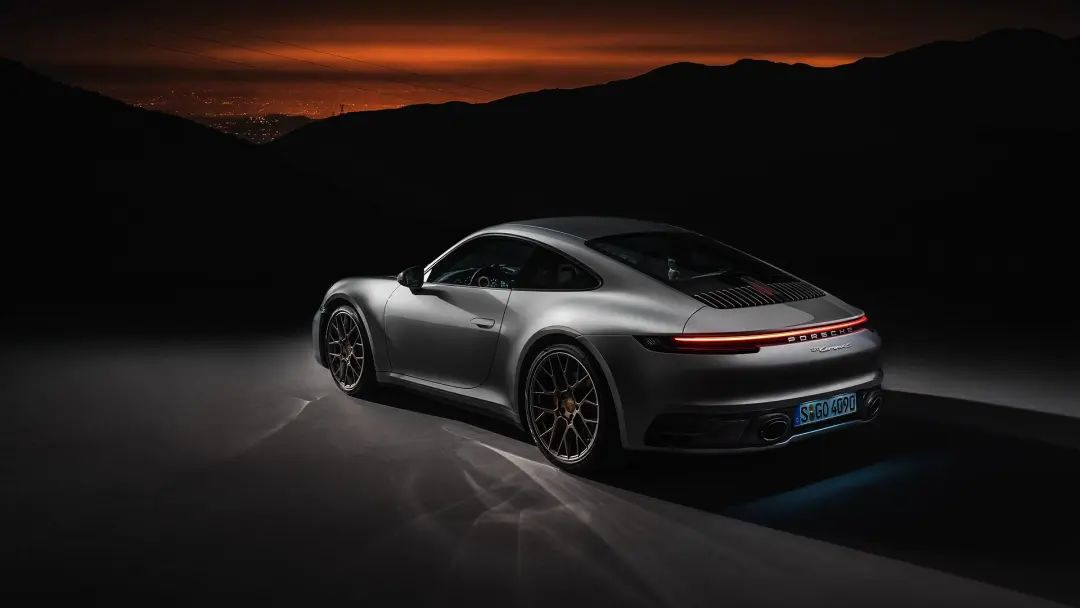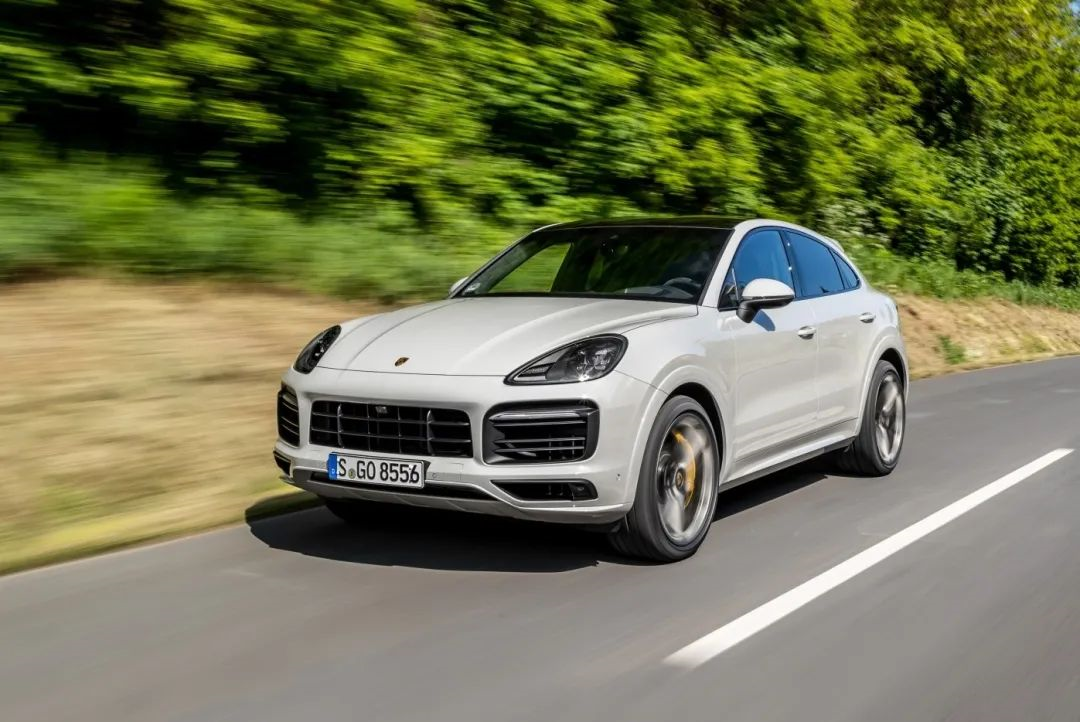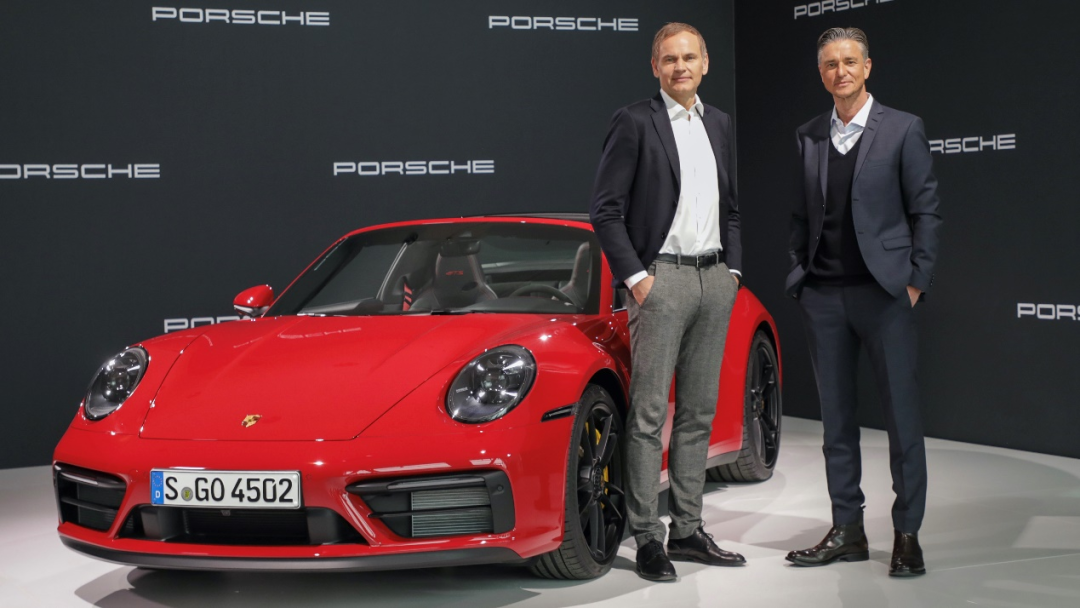Author: Wang Xuan
“Long-lasting prosperity” is the state that every business in the world hopes to achieve. The pandemic has caused many businesses to struggle to survive, especially in the automobile industry. The pandemic has led to obstacles in import and export trade, factory closures, reduced production capacity, and chip shortages. Looking back five years ago, when we were still predicting the saturation of the car market as a durable good, it is difficult to imagine that the problem hindering the development of the car market today is “cars without a market”.
In the financial reports announced by various car companies in 2022, we can also see the “few joys and many worries” scenario. Of course, in this environment, those car companies that can achieve counter-trend growth are particularly eye-catching, and Porsche is the most unexpected one.
The Most Profitable Global Car Manufacturer
When it comes to car companies with strong profitability, we might first think of brands like Mercedes-Benz, BMW, Toyota, and Volkswagen, brands with large market shares. We are not likely to focus on ultra-luxury or supercar brands because in our original understanding, they are all companies that need to rely on groups due to weak profitability.
Even for traditional luxury car companies like BBA, although the profit margins of their respective high-end flagship models are high, the most profitable models are still the entry-level models with lower consumer thresholds. This is because it is necessary to balance brand influence and revenue levels, which is why we can see that the product prices of BBA range from over 200,000 yuan to several million yuan.
But what you may not imagine is that Porsche has a place among the “most profitable global car manufacturers”.

Porsche released its full-year financial report for 2021 on March 18th. This sports car manufacturer in Stuttgart achieved historic highs in both revenue and sales profits. The operating revenue in 2021 reached 33.1 billion euros, an increase of 4.4 billion euros compared to the previous fiscal year, a year-on-year growth of 15% (the operating revenue in the 2020 fiscal year was 28.7 billion euros). The sales profit was 5.3 billion euros, an increase of 1.1 billion euros compared to the previous fiscal year (an increase of 27%). Therefore, Porsche achieved a sales return rate of 16.0% in the 2021 fiscal year (14.6% in the previous fiscal year).

We can compare Porsche’s 2021 financial report with the Volkswagen Group’s 2021 financial report. Porsche sold 301,900 vehicles globally, while the total sales of the Volkswagen Group was 8.6 million vehicles. However, Porsche’s net profit was 5.3 billion euros, reaching 30% of the Volkswagen Group’s total net profit.Using 3.5% of sales volume to generate 30% profits proves that the profits from luxury cars and sports cars can fully support the normal operation of a car company, even in the long term.
According to the financial report, Porsche’s global net cash flow increased by 1.5 billion euros to 3.7 billion euros in the fiscal year of 2021 (compared to 2.2 billion euros in the previous fiscal year). Mr. Lutz Meschke, Deputy Chairman and Member of the Executive Board responsible for Finance and Information Technology at Porsche, stated that the outstanding profitability of Porsche comes from its attractive product lineup and healthy cost structure.
In 2021, Porsche delivered 301,915 new cars to its customers, breaking through the 300,000 mark for the first time in its history (compared to 272,162 units in the previous year). Macan (88,362 units) and Cayenne (83,071 units) were the most popular models. The delivery volume of the Taycan increased by more than double, with 41,296 customers around the world receiving their first pure electric Porsche. The sales volume of Taycan has surpassed Porsche’s most iconic sports car, the 911, which sold 39,464 units.
At the Porsche China Media Conference in early 2022, Dr. Jürgen Halfter, former CEO of Porsche China, humorously stated that “the last car Porsche produces will definitely be a sports car.” Indeed, in traditional perception, Porsche is a company based on sports cars, but SUVs and executive sedans have become Porsche’s cash cows. In 2000, Porsche fans spontaneously set up a website called “Anti Cayenne” on foreign internet platforms to express their dissatisfaction with a Porsche that was no longer purely a sports car.
However, the fact proved that Porsche’s approach was correct. It is undeniable that even when the economy is growing, there are few people worldwide who consume sports cars. Therefore, Porsche separated its ultra-luxury sedan and SUV sideline business from its sports car business to expand its market, which has now become the backbone of Porsche’s product lineup. This new business corresponds to Mr. Meschke’s statement about an attractive product lineup.

 The cost structure of Porsche’s healthy comes from the systematic ability of Volkswagen Group. Except for sports cars, all Porsche’s other products are born on the shared platform under Volkswagen Group. This systematic ability has enabled Porsche to launch four models, Cayenne, Panamera, Macan and Taycan, one after another over the past 20 years. This is an ability that no luxury brand can match.
The cost structure of Porsche’s healthy comes from the systematic ability of Volkswagen Group. Except for sports cars, all Porsche’s other products are born on the shared platform under Volkswagen Group. This systematic ability has enabled Porsche to launch four models, Cayenne, Panamera, Macan and Taycan, one after another over the past 20 years. This is an ability that no luxury brand can match.
The 20 years since the birth of the Cayenne model is the fastest 20 years of Porsche’s development. According to Volkswagen Group’s financial report, Porsche’s current profitability accounts for 30% of Volkswagen Group’s total profitability. It is reported that Volkswagen Group is studying the possibility of Porsche’s independent listing. In addition to healthy profitability, Porsche needs to “stand on the present and look to the future” and invest in the next stage of the journey.
Embrace Intelligence and Electrification
The conflict between Russia and Ukraine is changing the development process of every industry in the world. If you are a gasoline car user, you must be closely watching the rising oil prices in recent days. Looking at the Chinese market, although the impact of oil prices on Porsche’s customers may not be significant, it may become the most powerful impetus to promote the development of electric vehicles in recent years. Even a joke circulated on the Internet: “I used to scold electric cars, now I am more headache because of the gasoline car at home.”
In terms of electrification, Porsche has made achievements. As mentioned above, the sales of Taycan are increasing continuously, and the sales of more than 40,000 have become the best-selling high-end electric vehicle in the global market. Among all new Porsche cars delivered in Europe, the proportion of electric cars is already close to 40%, including plug-in hybrid models and pure electric models.
Porsche has announced plans to achieve carbon neutrality by 2030. “By 2025, the sales of electric models, including pure electric and plug-in hybrid models, are expected to account for half of Porsche’s overall sales,” revealed Olivier Blume, Chairman of Porsche’s Executive Board. “By 2030, the proportion of pure electric models in new cars is planned to exceed 80%.” To achieve this ambitious goal, Porsche is working with partners to invest in the construction of high-end charging stations and Porsche’s self-owned charging infrastructure
In addition, Porsche has invested heavily in core technology areas such as battery systems and battery module production. The newly established Cellforce company is focusing on the research and production of high-performance batteries and is expected to achieve mass production in 2024.
Intelligence is different from electrification, and users’ driving habits vary greatly in different regions around the world, so the understanding of intelligence also varies greatly. The Chinese market is the largest market in the world for automotive intelligence demand, partly due to the rapid development of the Chinese internet industry, and partly due to the entry of new forces into the automobile industry, which has accelerated users’ awareness of intelligent automobiles.
In response to the severe differentiation of market environments, Porsche’s current strategy is more like treating the symptoms. In early 2021, Porsche China’s digital department became an independently operated company-Porsche (Shanghai) Digital Technology Co., Ltd., which will focus on the digital service system and charging network for Porsche users. At the same time, Porsche’s R&D center established in Shanghai will be put into use in April of this year. It is foreseeable that in the future, Porsche will incorporate more thinking about Chinese consumer preferences into the R&D of its products.
Conclusion
At the beginning of the year, I interviewed a senior executive of a traditional car company who told me that the capital market is currently shifting its focus from new energy vehicle companies to traditional car companies, mainly because of traditional car companies’ excellent profitability and strong and mature systemic capabilities. Obviously, cash flow is always the fundamental lifeline for the development of a company. After accumulating a certain amount of capital, Porsche is stepping towards the next milestone.
This article is a translation by ChatGPT of a Chinese report from 42HOW. If you have any questions about it, please email bd@42how.com.
